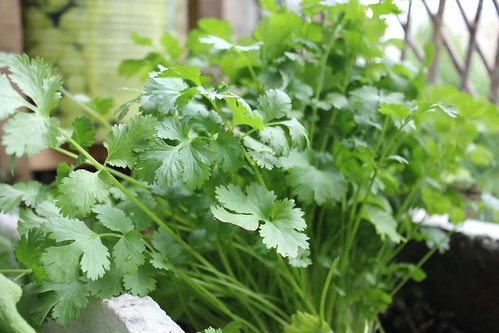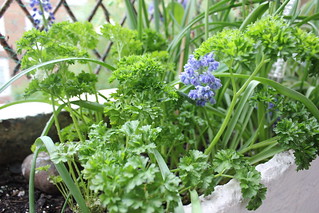 |
| © E H Shepard. "It's snowing ... and freezing," said Eeyore. "However, we haven't had an earthquake lately." |
No, it's not snowing here in London but I'm more than a little behind with my posts. As is the way of the world, when things go wrong they go wrong all at once. I had just got back from a fairly harrowing trip to stay with elderly and ailing parents when the laptop suddenly stopped working. One minute, absolutely fine, the next, grey screen with a flashing question mark. After a lengthy wait for a repair appointment at the Apple Store, a new hard drive is needed. Apparently Macbooks are not as transportable as I was led to believe; the hard drive suffers if moved when working. (Must tell that to teenage son!)
In the meantime, I've bought a flatscreen but that's brought another bout of frustration as I have to upgrade all my software, even though my laptop was only just two years old! I'm still debating the way forward with my photo software; I really need to replace my old Adobe Creative Suite with a newer version but it's so expensive so I'm trying to find some good photo resizing software to tide me over until I'm ready to spend again! (All suggestions gratefully received, I'm not getting on well with iPhoto - it's a bit of a comedown after Photoshop!)
Elsewhere, the much needed rain of last weekend has flattened a lot of the tall plants in the veg patch (orach and sunflowers, but the fennel is still standing) so, after a weekend of careful tidying and pruning, it all has to be done again. My source of watering has dried up as my friend has new taps in her bathroom which the hosepipe won't fit on to so plants are being lost in the hot dry summer; I'm particularly concerned for my Chilean Guava which is looking a bit dessicated! It's in a large pot and hand watered when I can but I think the damage may already have been done. And as for the salad crops, a sorry sight between bolted and wilted.
And then, last night, my phone stopped charging. This is rather unfortunate timing as my son is abroad at a music festival with friends - not the best time for my mobile phone to become problematic! So, instead of gardening today, I'll be phone fixing.
But it's not all gloomy, I've been eating tons of fresh raspberries and one or two warm tomatoes from the garden, the bees are buzzing round, my asparagus has survived (ready for next year - yum!) and a neighbour has recently asked to get involved with the garden. She especially loves weeding :)
I'm going to assume that this little cloud of bad luck will move on and normal service will resume shortly! I hope to post later with proper veg patch news - and in the meantime, there's always Nigel Slater's Beetroot Chocolate Cake (which I will be making later on today).
Next day update: A big thank you to the lovely 'Genius' at the Apple Store yesterday who quickly decided to replace my phone with a new one and spent the rest of the appointment (and a fair part of everyone else's allotted time) restoring my contacts, etc, and explaining a lot of techie stuff to me. I managed to squeeze into a cancelled slot so, all in all, a much better day! Plus I had a good excuse to treat myself to lunch out :)














